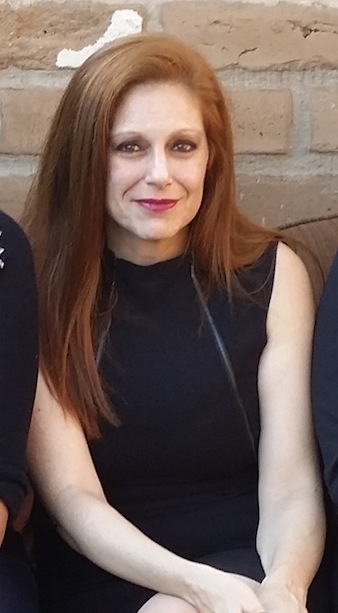
Susan D. Einbinder treasures the “sense of commitment to innovative teaching” shared by faculty at California State University, Dominguez Hills (CSUDH), but recognizes that many groups still tend to discuss their work and socialize in a vacuum. She believes that is why the Innovative Teaching Symposium has become a popular way for faculty to come together and discuss their research and knowledge, and to get better acquainted.

Einbinder, an associate professor of social work at CSUDH and coordinator of the Jan. 17 symposium, chose “faculty learning communities (FLC)” as the focus of the daylong event this year, a topic she has studied for years. FLCs enable faculty to engage in active and collaborative programs structured to provide encouragement, support, and reflection.
“As people who are developing new knowledge, we need to keep up with the latest research and techniques in other applicable fields, and part of that can come from just hanging out and talking; not just about our teaching, but about our lives.” said Einbinder, the former chair of the university’s Faculty Development Center. “What better way to do this than by attending knowledge-rich sessions presented by our peers while interacting with one another?”
The annual symposium is sponsored by the Faculty Development Center and its director, Professor Kara Dellacioppa. This year, the event featured a number of panel presentations. CSUDH Assistant Professor of Finance Jennifer Brodmann participated in the panel “Hybrid Methods for Interactive Learning.” “I really enjoyed learning more about the different ways we can engage students in the in-person and virtual classroom,” she said.
An interactive lunchbreak keynote presentation, titled “Developing an Award-Winning Faculty Development Center,” was hosted by Catherine Haras, senior director for the Center for Effective Teaching at CSU Los Angeles, and Emily Daniell Magruder, director for the Institute for Teaching and Learning at the CSU Office of the Chancellor.
During her session, Brodmann discussed her use of such informational sources as discussion boards, news articles, and podcasts to select topics that her students find interesting, and to foster discussion.
“It is essential to find ways of using media that students are already familiar with to increase engagement. My students regularly listen to podcasts during their commutes. It gives them a way to engage with the material and talk about it in a media form that they already use,” she said. “Students have told me that now they regularly listen to the podcasts I have assigned in class – even after the class is over – to learn more about topics in finance and economics.”
Thomas Norman, professor of management and marketing at CSUDH, joined the panel “Podcast Service-Learning to ‘Lock in Learning.’” He found the symposium to be a great way for part-time faculty to get to know their colleagues, share their successes, and “simply be seen and told that they matter.”
“Faculty development retreats are an important part of campus life for a teaching-focused university like DH. We get to learn from each other, which in itself is a good reason to have this event,” he said. “Those who work on the craft of teaching get rewarded and recognized for sharing their innovations, failures and lessons learned. This is essential in feeding our culture of adapting teaching to our students.”








